Exhibition List
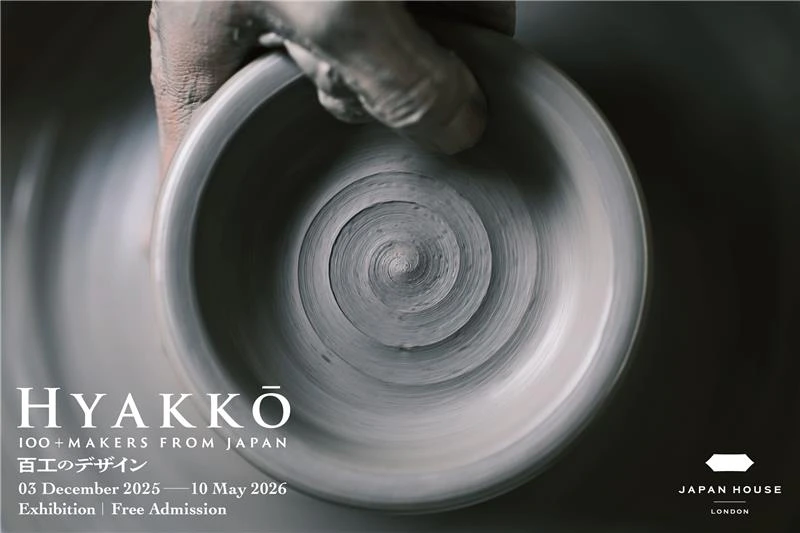
Hyakkō: 100+ Makers from Japan
百工のデザイン
December 3, 2025 (Wed) – May 10, 2026 (Sun)
Venue|【LONDON】JAPAN HOUSE LONDON
Touring Exhibition

MUJI IS - Behind the 'Wa-Ke’
November 28, 2025 (Fri) – February 22, 2026 (Sun)
Venue|【Bangkok】MUJI Central World ATELIER MUJI BANGKOK
Touring Exhibition
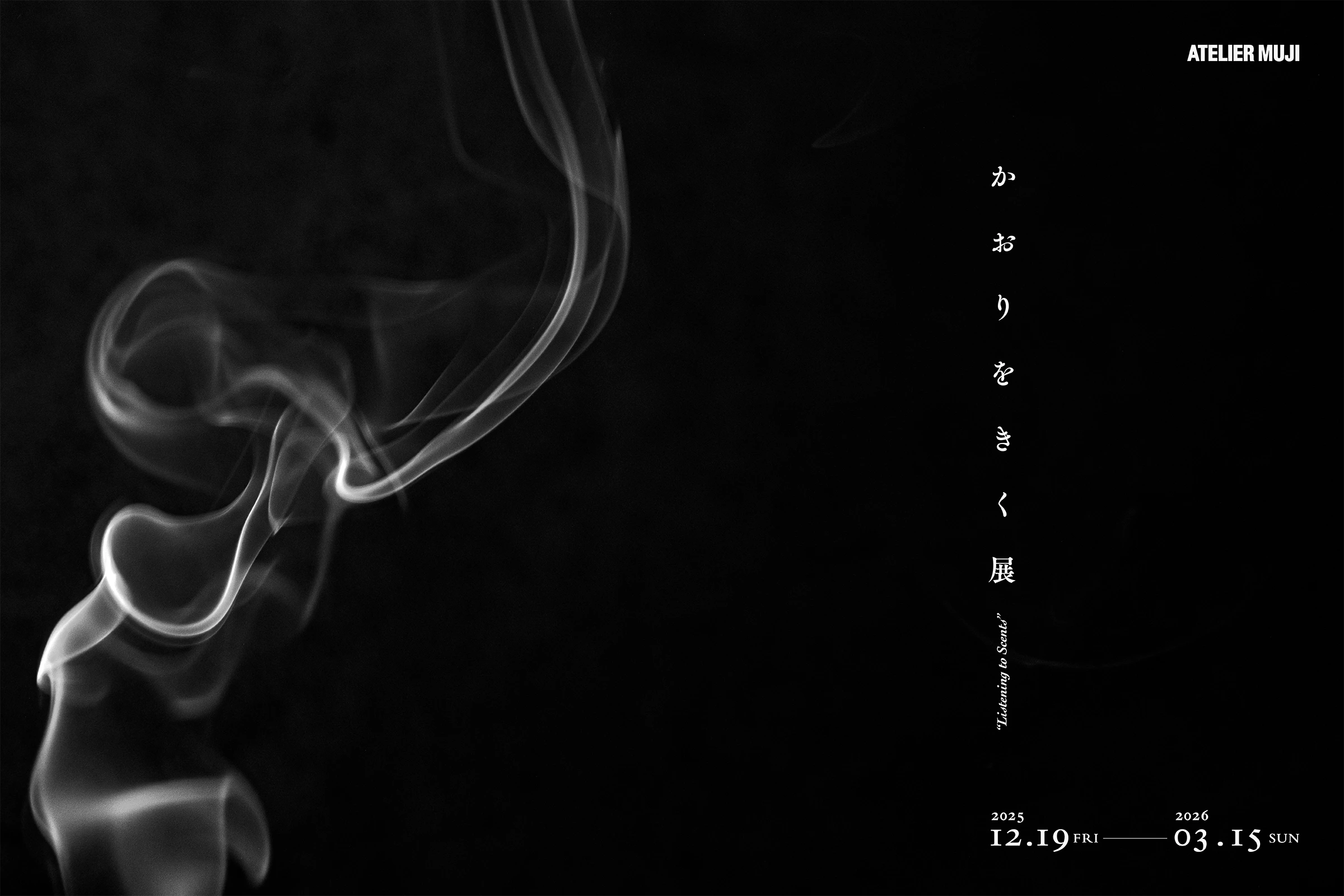
Listening to Scents
December 19 (Fri) , 2025ー March 15 (Sun) , 2026
Venue|ATELIER MUJI GINZA
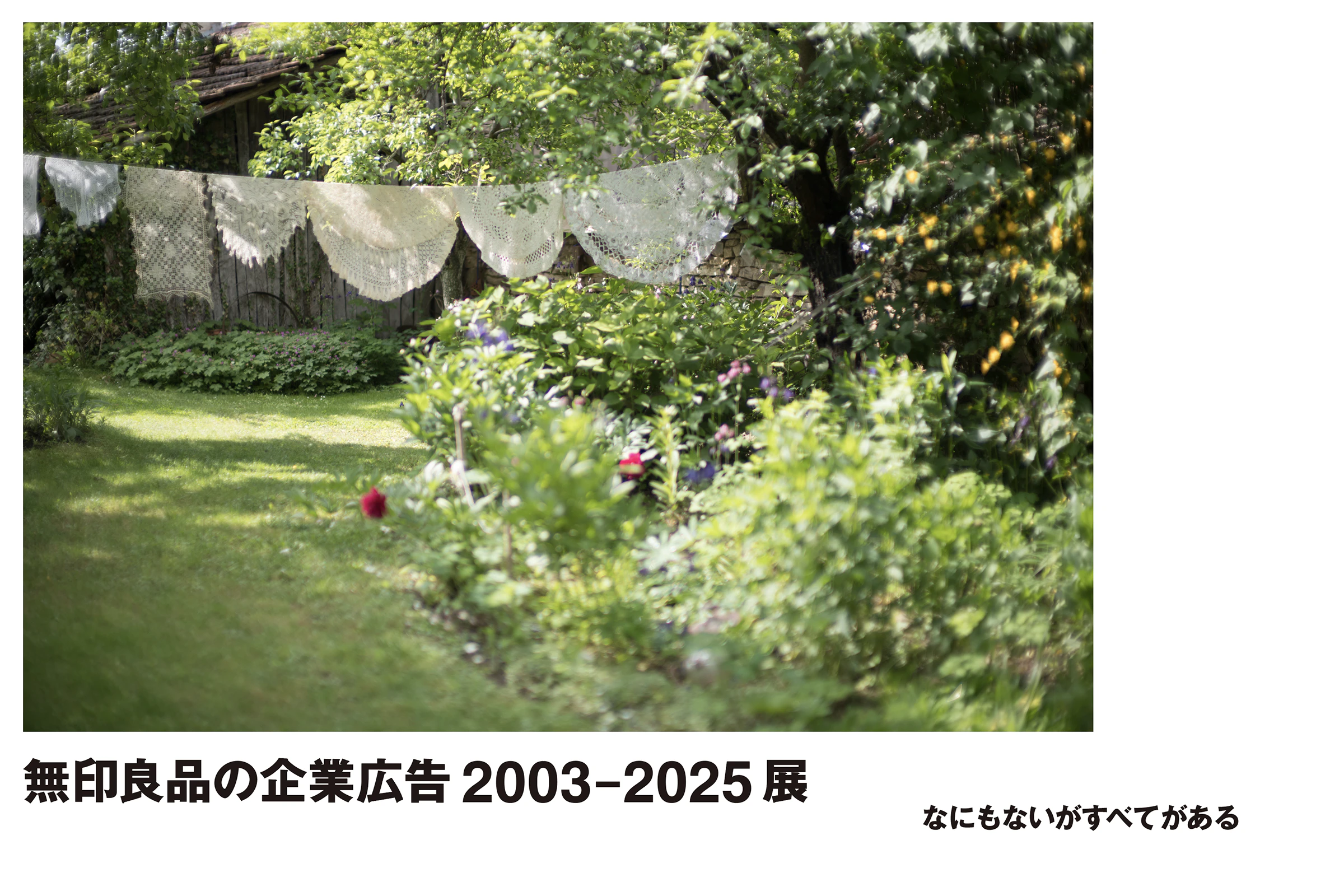
MUJI Corporate Campaign 2003-2005
-Nothing, Yet Everything-
November 28 (Fri) ー December 14 (Sun) , 2025
Venue|ATELIER MUJI GINZA
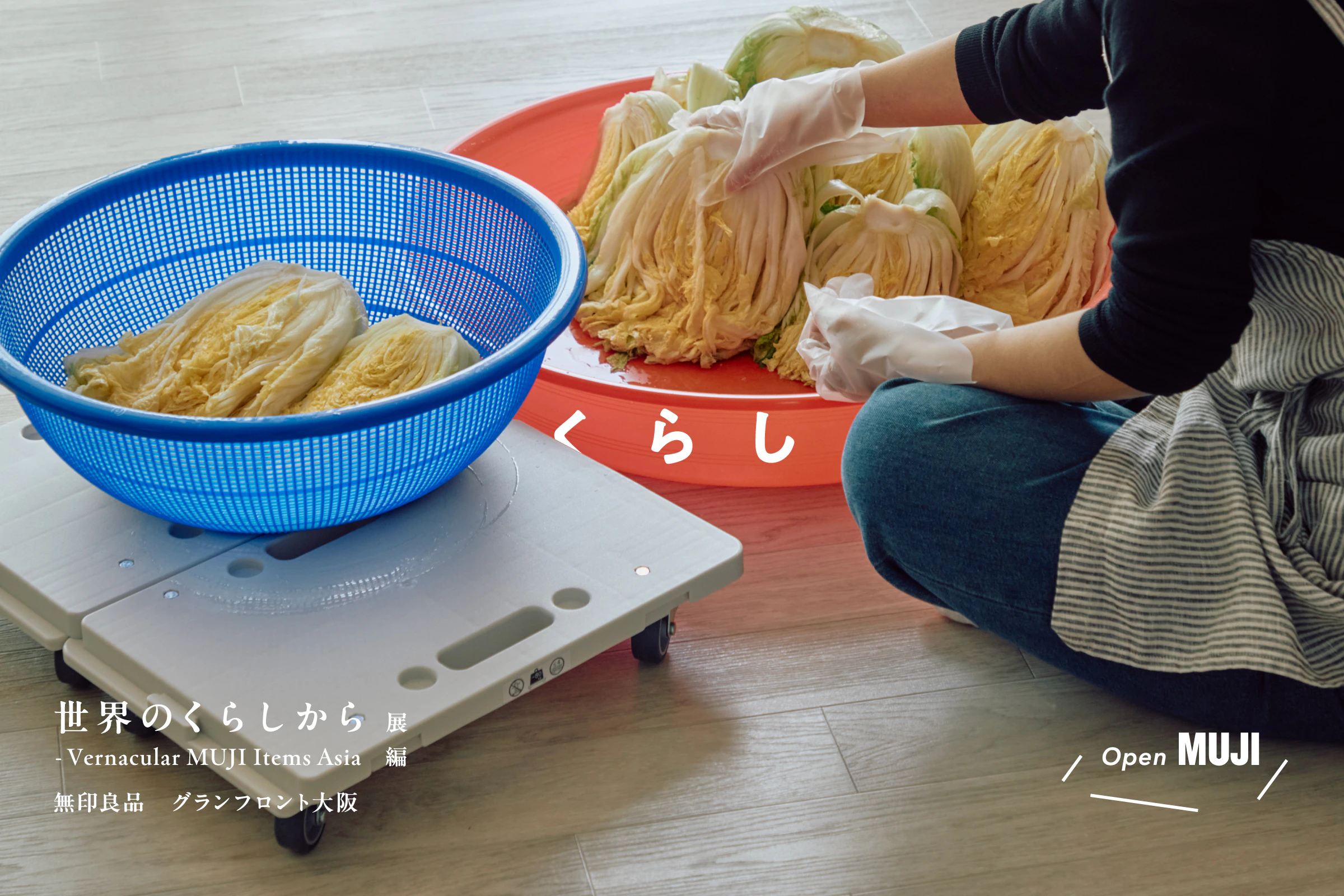
Everyday Living Around the World
– Vernacular MUJI : Asia edition
December 12(Fri) 2025 ー January 12(Mon) 2026
Venue|MUJI GRAND FRONT OSAKA 4F Open MUJI
Touring Exhibition
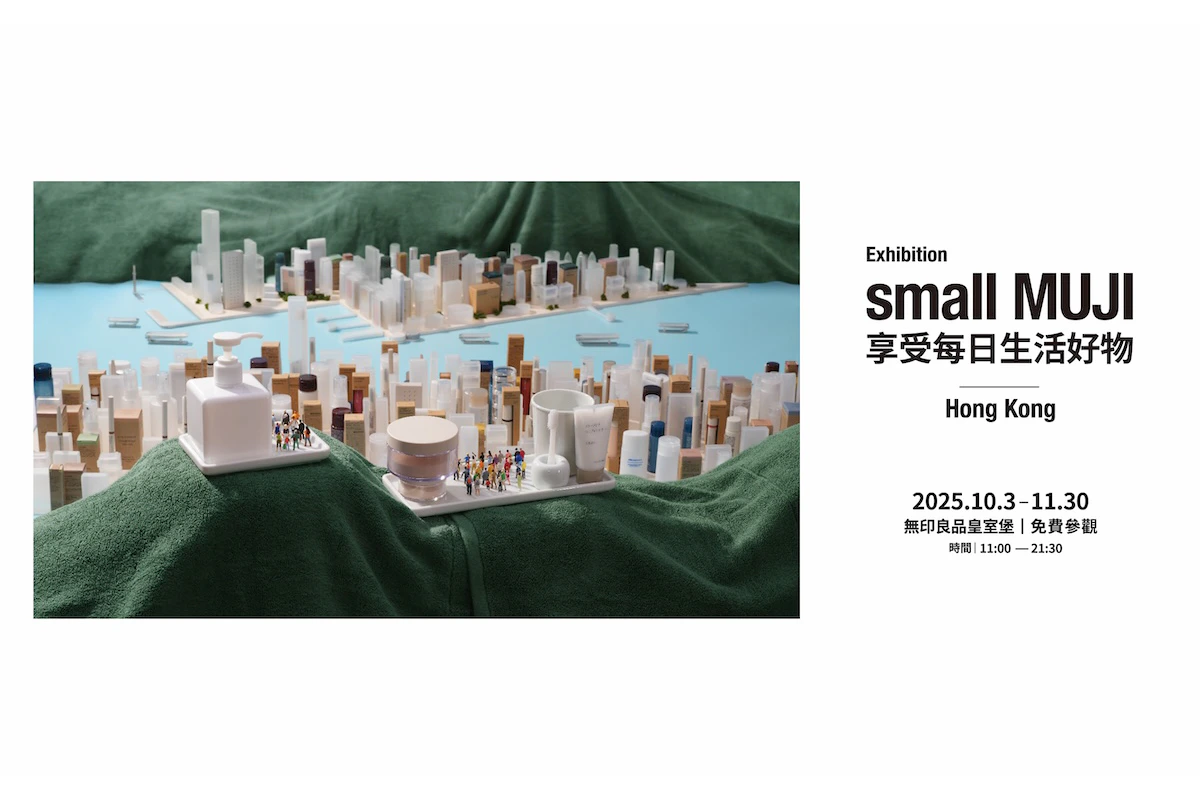
small MUJI Exhibition
- Enjoying Everyday Items
October 3 (Fri) ー November 30(Sun), 2025
Venue|【Hong Kong】MUJI Windsor House
Touring Exhibition
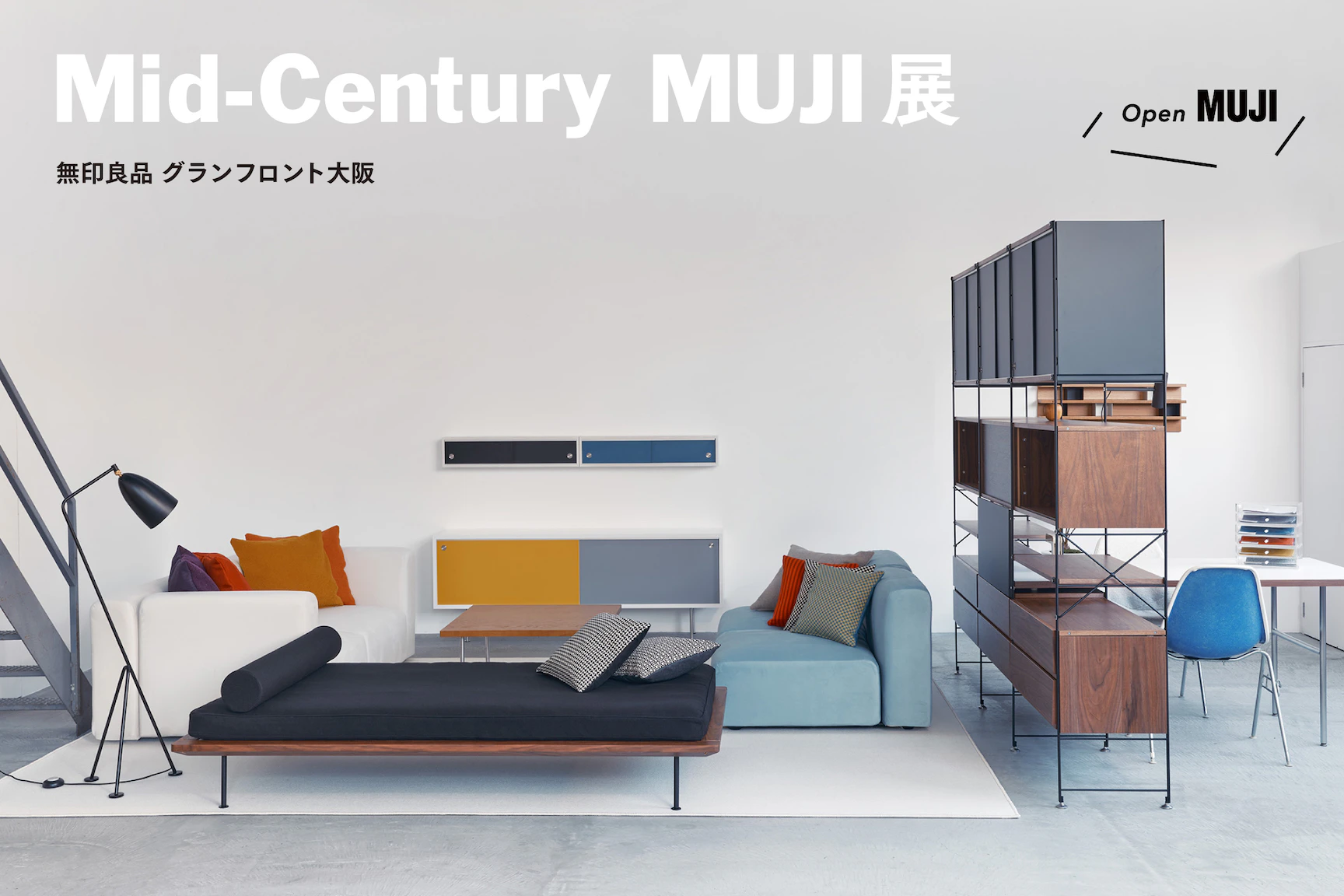
Mid-Century MUJI Exhibition
September 19 (Fri) ー October 13 (Mon) , 2025
Venue|MUJI GRAND FRONT OSAKA 4F Open MUJI
Touring Exhibition
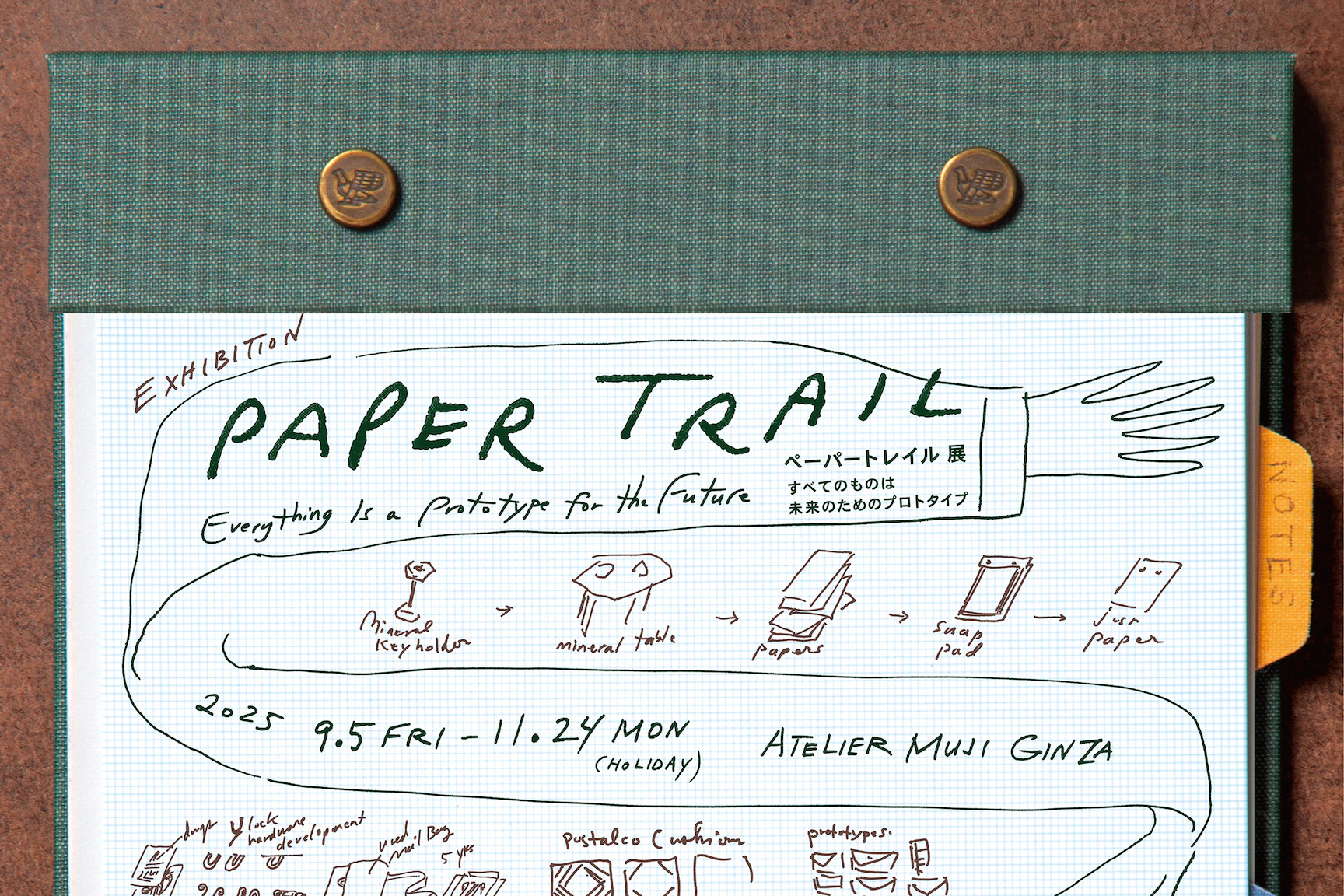
Exhibition : Paper Trail
-Everything is a prototype for the future-
September 5 (Fri) ー November 24 (Mon) , 2025
Venue|ATELIER MUJI GINZA
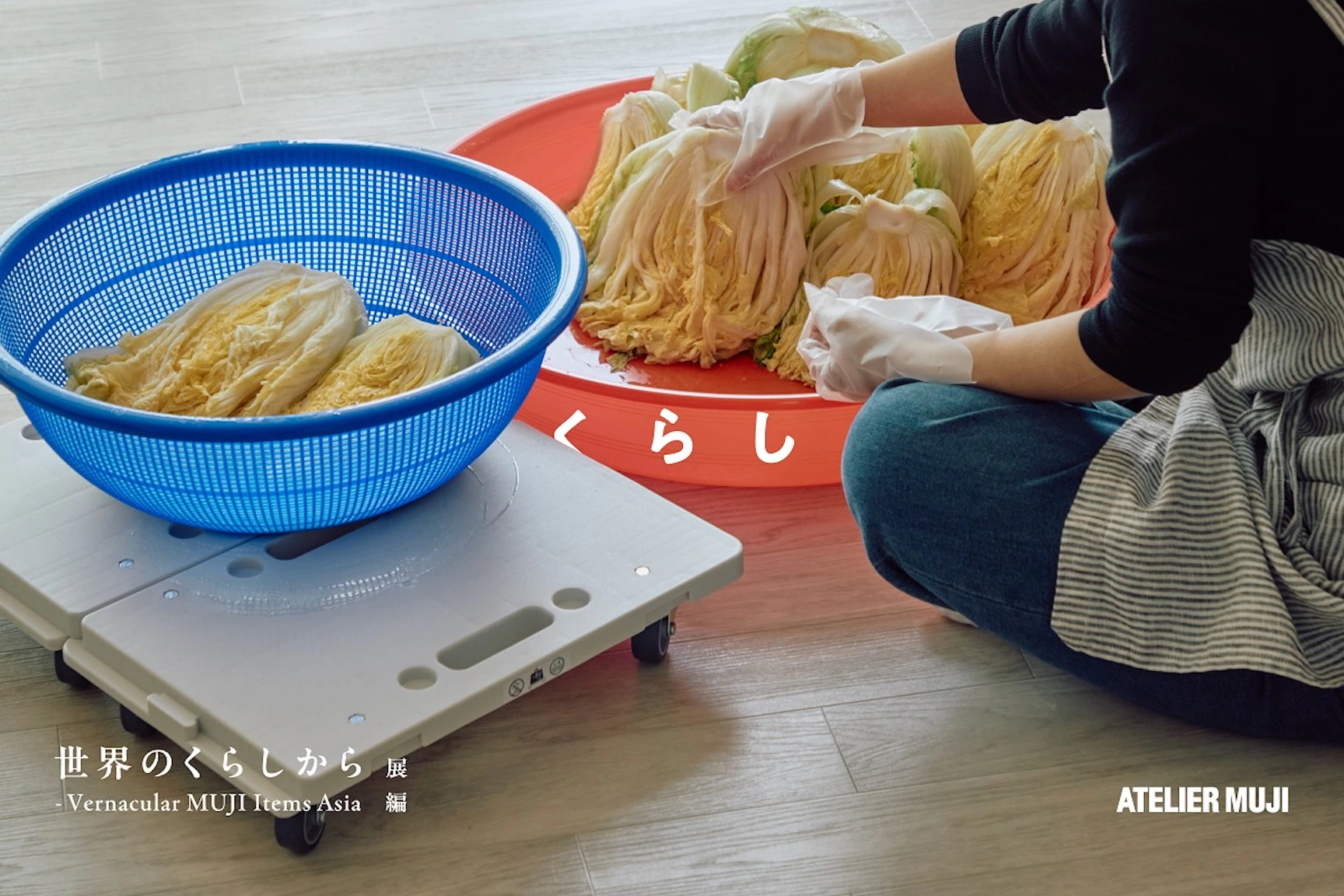
Everyday Living Around the World
– Vernacular MUJI : Asia edition
June 27 (Fri) ー August 31 (Mon), 2025
Venue|ATELIER MUJI GINZA
Touring Exhibition
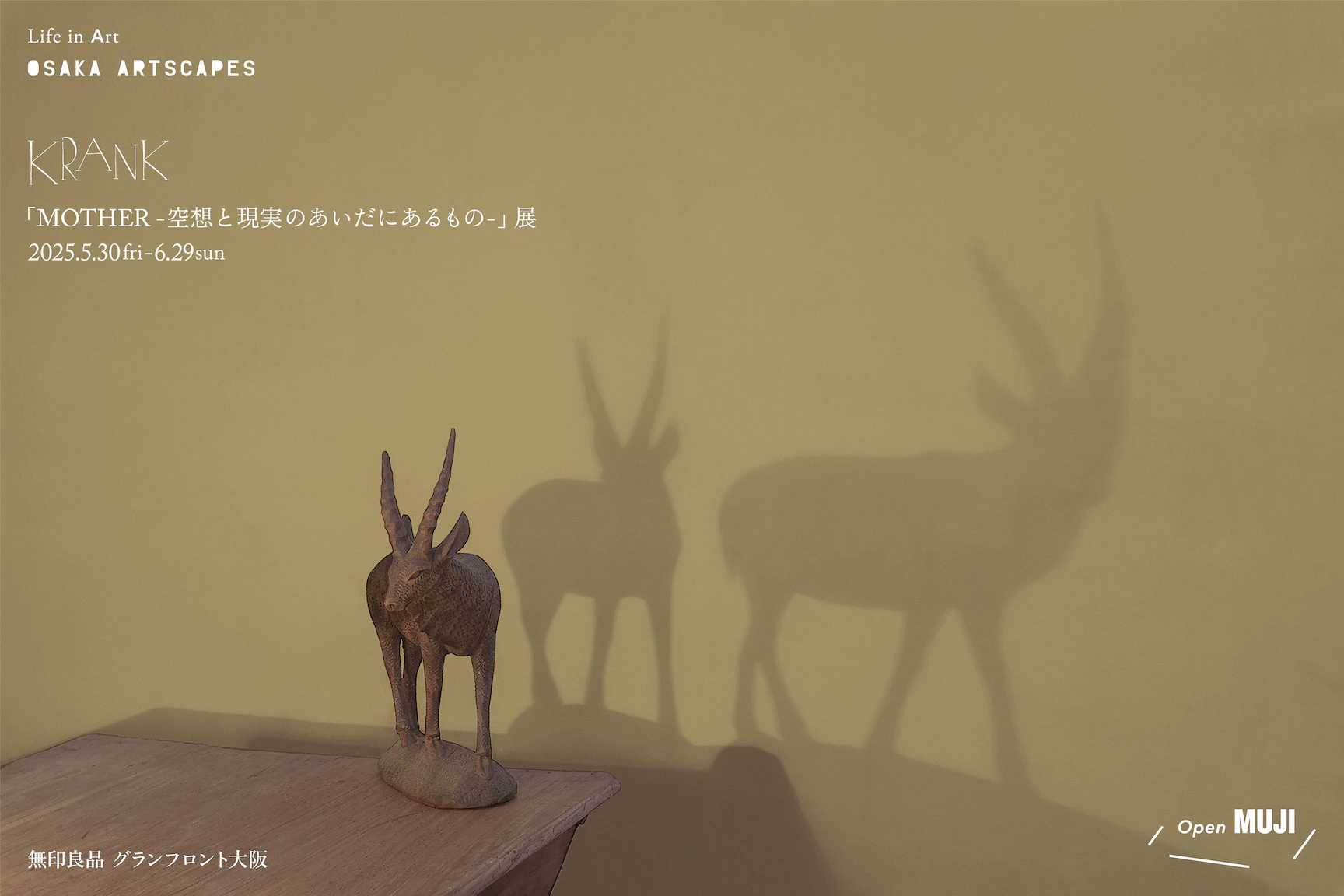
Life in Art “OSAKA ARTSCAPES 2025”
【SpecialTouring Exhibition】
krank "MOTHER - The Realm Between Imagination and Reality"
May 30 (Fri) ー June 29 (Mon), 2025
Venue|MUJI GRAND FRONT OSAKA 4F Open MUJI
Touring Exhibition

small MUJI Exhibition
- Enjoying Everyday Items
May 16 (Fri) ー June 8 (Sun), 2025
Venue|【New York】MUJI Fifth Avenue
Touring Exhibition
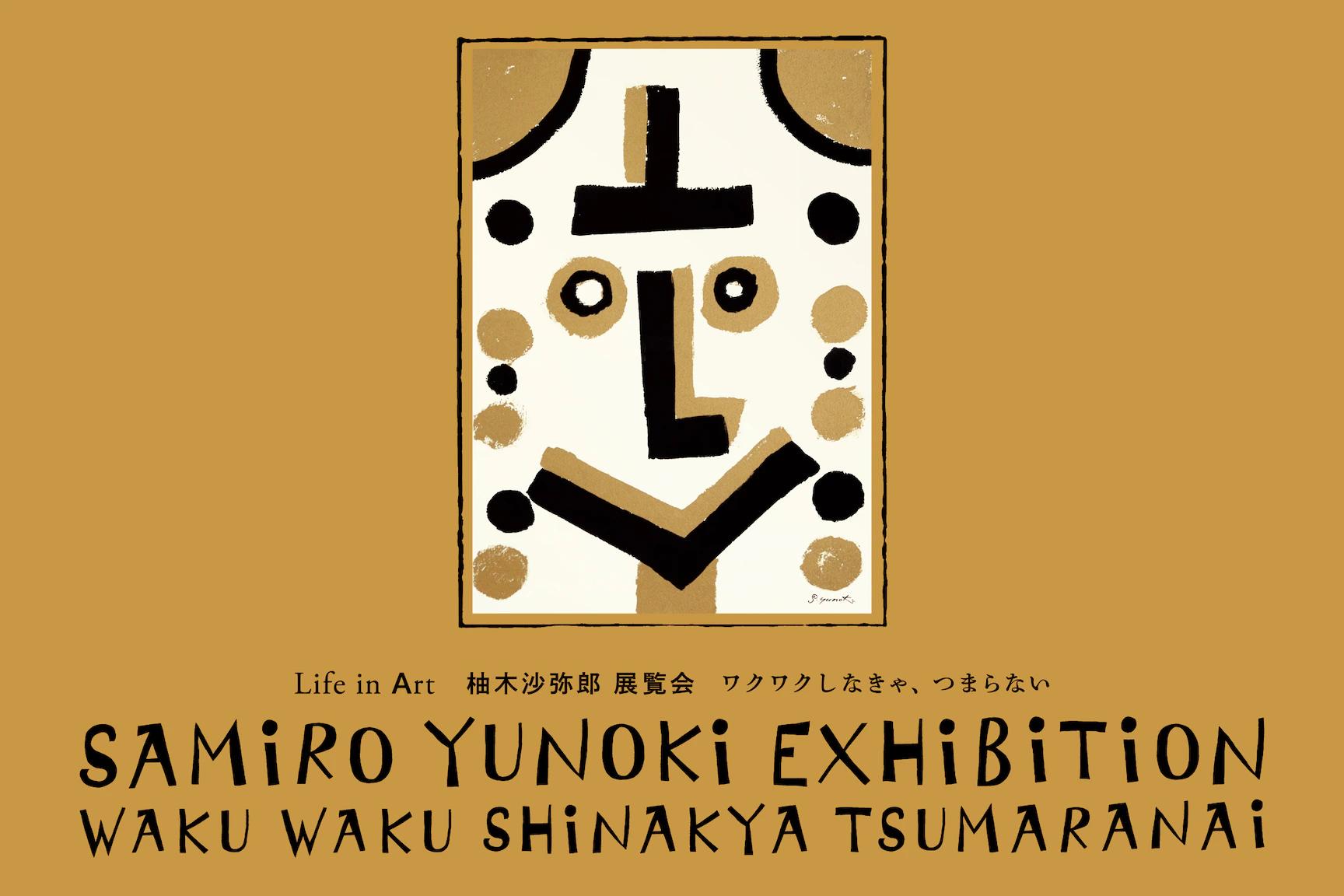
Life in Art
Samiro Yunoki Exhibition: No Excitement, No Fun
April 18 (Fri) ー June 22 (Sun), 2025 *Period extended
Venue|ATELIER MUJI GINZA
Life in Art